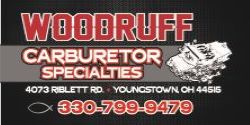- Local time
- 7:39 PM
- Joined
- Dec 4, 2009
- Messages
- 38,734
- Reaction score
- 54,475
- Location
- Pasadena, Texas
The closest block I've ever measured for square was out .005".....which isn't all too bad for a factory deal. Can do some piston and rod swapping to get that down more though. Yes, that works. And no, I don't have a rod gauge but was taught how to measure .0001. It's tedious but can be done. Do have a dial bore gauge but not gonna use it on a rod lol. How bout a snap gauge?? JK JK  And good idea about keeping that keyboard grease free....
And good idea about keeping that keyboard grease free....


















